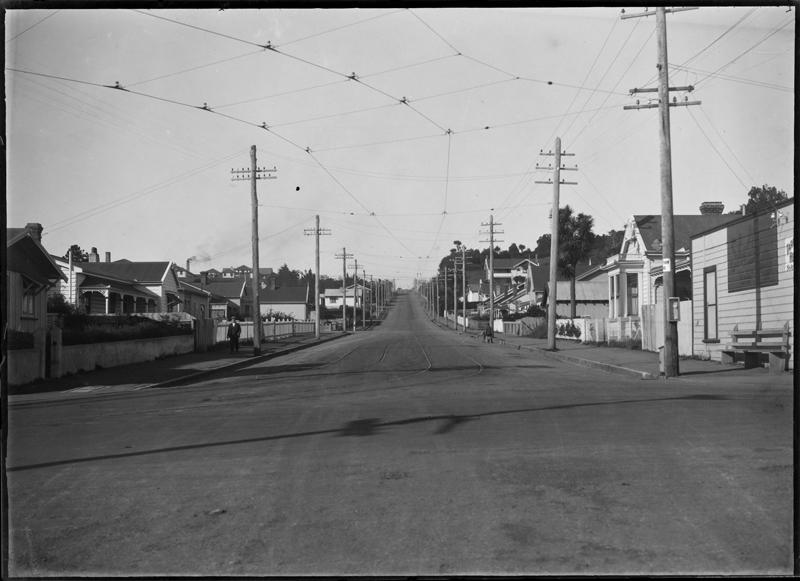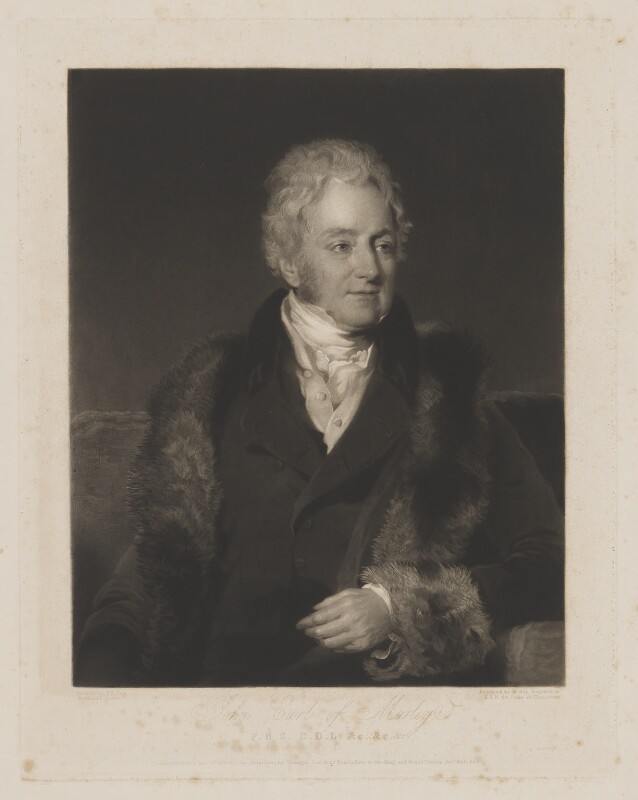





The naming of Morley Street acknowledges the Earl of Morley, a promoter of the Plymouth Company rather than a director. The earldom changes in 1840, so it is unclear which of the two earls is commemorated.
Earl of Morley, in the County of Devon is a title created in 1815. John Parker, born 1772, was the first Earl of Morley. Married twice, he divorced Lady Augusta Fane on 14 February 1809, and married Frances Talbot on 23 August 1809. He died on 14 March 1840
The second Earl, his son Edmund Parker, married Harriet Sophia Parker, a second cousin, on 1 March 1842. Edmund died on 28 April 1864. Both men sat in the House of Lords.
Documents that survive in the Plymouth and West Devon Record Office refer to contracts between the Earl of Morley and businessmen of Devon. These give some clues as to the extent of his holdings.
Income was derived from leases, tenements and royalties. The estate owned dwellings, offices and barns, fields and orchards, forests and coppices. Industrial land included quarries for slate and lime stone, mining rights and licences to take fish and oysters. It appears that the Earl had stakes in most of the resources of Devon.
The Earl of Morley was lord of the manor and barony of Plympton, and resided at Saltram, on the east side of the river Plym, about 2 miles from Plymouth. Saltram was sold in 1957 to the National Trust, which describes it as a magnificent Georgian house with opulent Robert Adam interiors, gardens, follies and landscaped parkland.
Our street is not the first. A Morley Street existed in Plymouth. In 1836 a resident of the street complained about nuisances arising from the drain, and from the Tripe and Cow Heel factory behind his house.
This story was originally published in the Taranaki Daily News.
Please do not reproduce these images without permission from Puke Ariki.
Contact us for more information or you can order images online here.